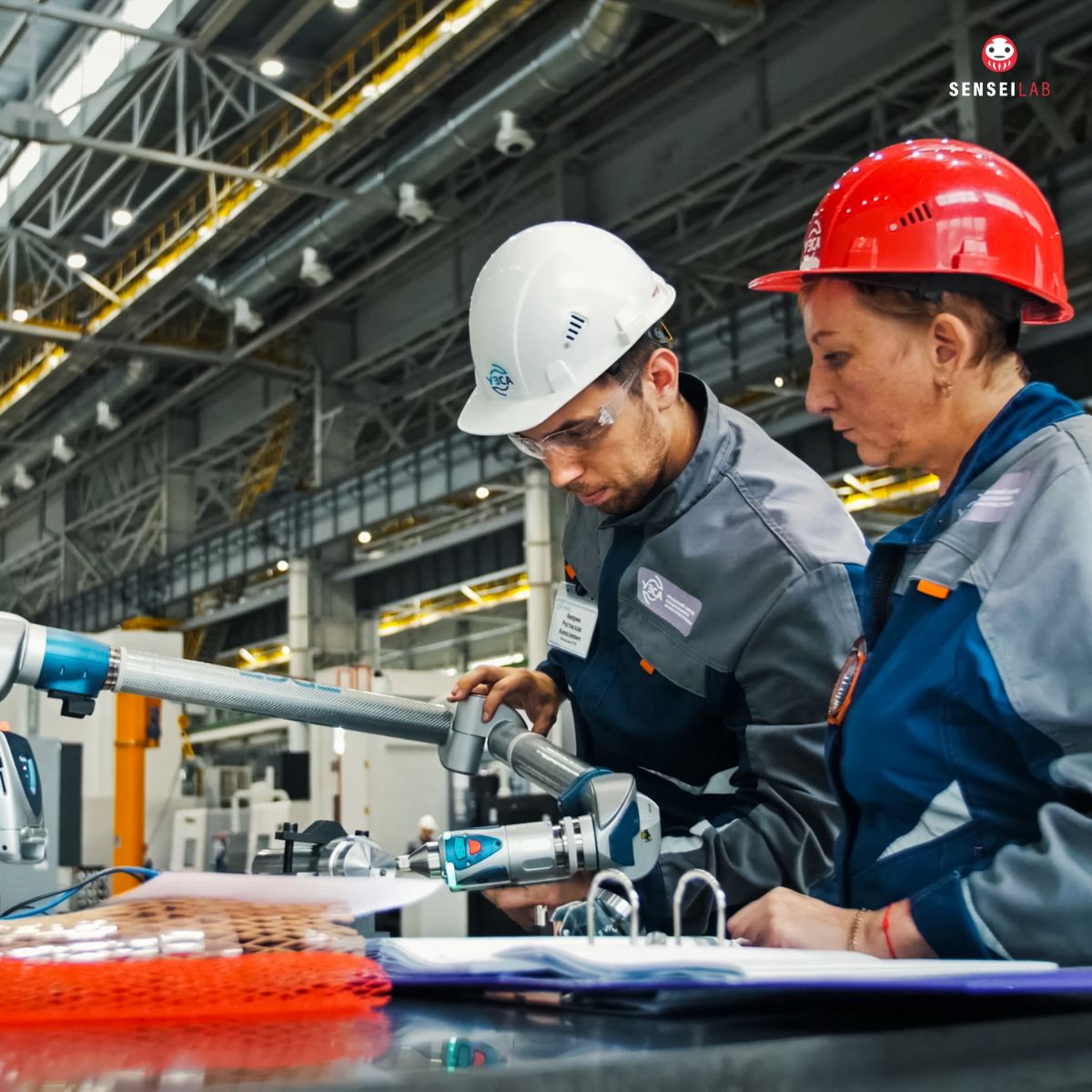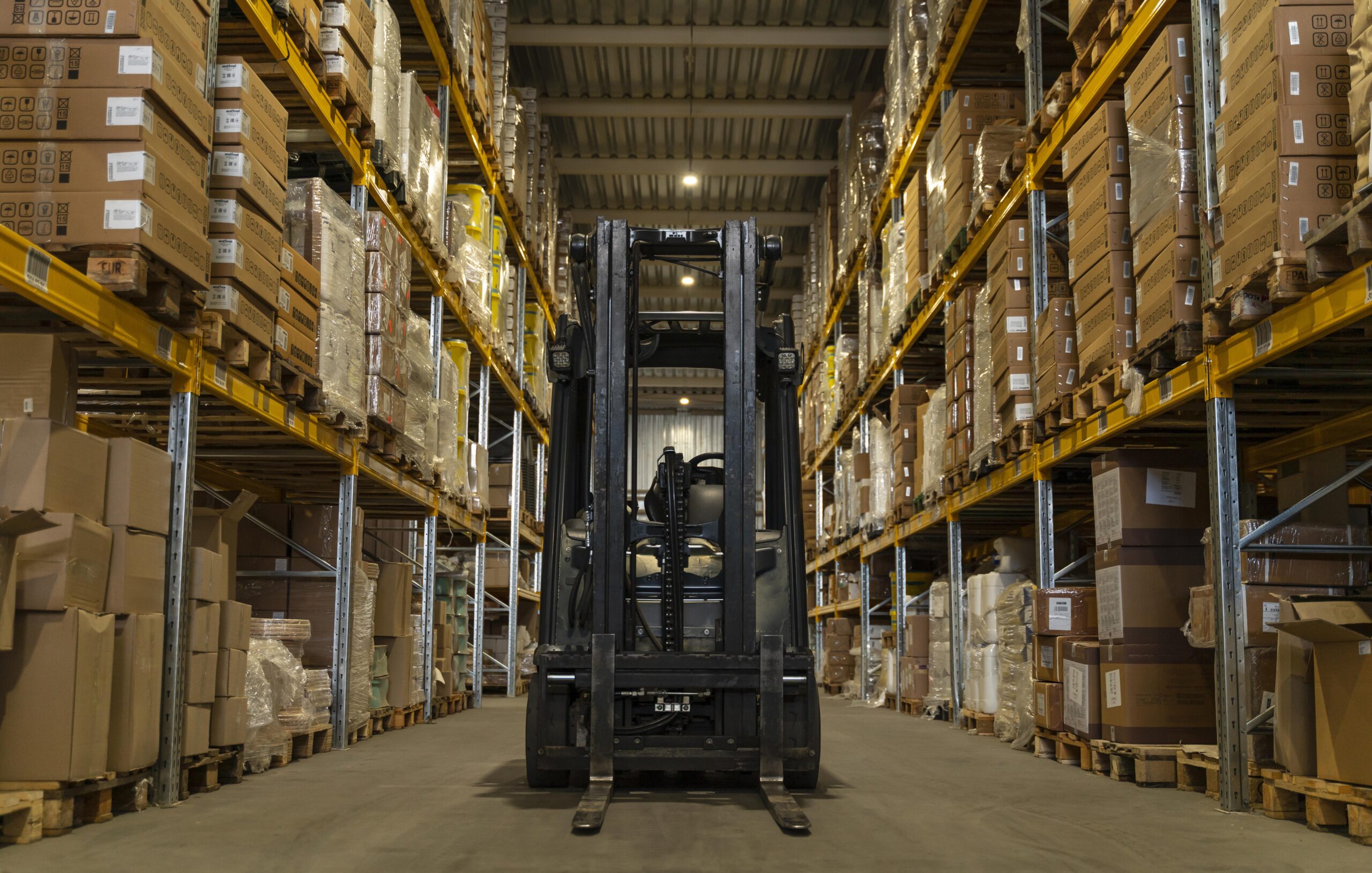The $30,000 Mistake That Could Have Been Prevented
Last month, a production supervisor at a leading aerospace components manufacturer watched in horror as a new employee incorrectly calibrated an essential piece of equipment. The result? A batch of precision parts scrapped, production delayed by three days, and over $30,000 in direct losses—all because of a training gap that no one saw coming.
This isn’t an isolated incident. It’s happening in manufacturing facilities across America, and the true cost extends far beyond scrapped materials.
I’ve spent over two decades working with manufacturing teams around the world, and I’ve noticed something alarming: the way we train our manufacturing workforce hasn’t fundamentally changed in 50 years, but the skills requirements have transformed completely.
The Manufacturing Training Crisis By The Numbers
The statistics tell a troubling story:
- Manufacturing companies spend on average $1,781 per employee on training annually, the second-highest of any industry sector.
- Despite this investment, 2.1 million manufacturing jobs could go unfilled by 2030 due to the skills gap.
- A staggering 34% of injuries in manufacturing facilities come from incorrect equipment operation.
- The average cost of non-compliance ranges from $14 million to $40 million, including fines, productivity losses, and reputation damage.
Yet despite these alarming figures, many manufacturers continue to rely on outdated training methods that are proving increasingly ineffective in today’s complex manufacturing environment.
Why Your Current Training Approach Is Likely Failing
After working with hundreds of manufacturing teams across four continents, I’ve identified seven critical failures in traditional manufacturing training approaches:
1. The Shadow Training Trap
“Watch Joe do it for a week, then you’re on your own.”
This approach—shadowing an experienced worker—is still the default training method in countless facilities. But it’s deeply flawed. Not only is it inefficient and costly (taking two workers away from production), but it’s also inconsistent. Joe might have developed bad habits or shortcuts that compromise quality or safety, and these get passed along to new hires like a virus.
2. The Documentation Deficit
Many manufacturing operations have manuals that are:
- Outdated and inconsistent with current processes
- Written in technical language that’s difficult to understand
- Unavailable at the point of need when workers actually need guidance
- Not translated for a multilingual workforce
The result? Workers either waste time hunting for information or, more commonly, rely on potentially incorrect tribal knowledge.
3. The Classroom Disconnect
Traditional classroom training sessions pull workers away from the production floor, disrupt workflows, and often fail to translate theory into practical application. The abstract concepts discussed in a training room rarely stick when workers return to the fast-paced, high-pressure environment of the production floor.
4. The One-Size-Fails-All Problem
Today’s manufacturing workforce spans five generations, multiple languages, and diverse learning preferences. Yet most training programs offer a single approach, failing to recognize these differences and leaving many workers struggling to absorb critical information.
5. The Knowledge Drain Crisis
As experienced workers retire, they take decades of invaluable knowledge with them. Without effective knowledge capture systems, manufacturers face a growing expertise vacuum that threatens operational continuity and excellence.
6. The Compliance Complexity Challenge
Manufacturing regulations are becoming increasingly complex and frequently updated. Traditional training struggles to keep pace with these changes, creating compliance risks that can lead to costly penalties and production disruptions.
7. The Technology Integration Gap
Modern manufacturing facilities are adopting advanced technologies faster than their training programs can adapt. Workers trained on older systems must now operate sophisticated equipment with limited guidance, creating efficiency and safety risks.
The Real Cost of Inaction
The consequences of failing to address these training challenges extend far beyond occasional errors:
- Rising safety incidents as untrained workers interact with complex machinery
- Quality issues and increased rework leading to customer dissatisfaction
- Extended time-to-proficiency for new hires, prolonging productivity gaps
- Higher employee turnover as frustrated workers seek better support elsewhere
- Compliance violations resulting in regulatory penalties and production halts
- Inability to implement new technologies due to workforce skill limitations
- Declining competitive position as more agile manufacturers pull ahead
In my work with aerospace and aviation manufacturers, I’ve seen companies lose millions in productivity and missed opportunities because they failed to recognize their training crisis until it was too late.
The Training Transformation Framework
The good news? Forward-thinking manufacturers are revolutionizing their training approaches with remarkable results. Here’s the framework we’ve developed at Sensei Lab that’s helping manufacturing leaders transform their training programs:
1. Shift from Events to Ecosystems
Stop viewing training as a one-time event. Instead, create a continuous learning ecosystem that supports workers throughout their career journey with:
- Microlearning modules delivered at the point of need
- Regular skill refreshers and certifications
- Peer-to-peer knowledge sharing platforms
- Just-in-time performance support tools
2. Embrace Multi-Modal Learning
Different workers learn differently. Provide training content in multiple formats:
- Video demonstrations for visual learners
- Interactive simulations for hands-on learners
- Written documentation for reference
- Audio instructions for auditory learners
- AR/VR experiences for immersive learning
3. Leverage Technology Strategically
Technology should enhance, not replace, human connection in training:
- Use AR/VR to safely practice high-risk procedures
- Implement digital work instructions available on tablets at workstations
- Deploy AI-powered chatbots for instant answers to common questions
- Create digital twins of equipment for risk-free practice
- Utilize learning management systems to track skills development
4. Capture Tribal Knowledge Systematically
Don’t let critical knowledge walk out the door with retiring workers:
- Conduct structured knowledge-capture interviews
- Record video demonstrations of expert techniques
- Create detailed process maps that document decision points
- Develop expert systems that codify decision frameworks
- Implement mentorship programs that facilitate knowledge transfer
5. Build Learning Into Daily Work
Make learning an integral part of daily operations:
- Include learning objectives in shift handovers
- Conduct short daily skills conversations
- Implement after-action reviews following key activities
- Create operator-led training materials
- Recognize and reward knowledge sharing
Case Study: Transformation in Action
A mid-sized aerospace components manufacturer was struggling with quality issues and extended training times for new CNC operators. Using the framework above, they:
- Created short video demonstrations of key procedures accessible via QR codes at each workstation
- Developed a digital skills matrix to track operator capabilities and identify training needs
- Implemented AR-based work instructions that overlaid guidance directly onto machines
- Established regular cross-training sessions led by experienced operators
- Built a knowledge repository where operators could contribute tips and troubleshooting advice
The results after six months:
- 64% reduction in quality deviations
- New operator time-to-proficiency reduced from 8 weeks to 3 weeks
- 42% decrease in unplanned downtime
- 15% improvement in overall equipment effectiveness
- Zero safety incidents among new operators
Five Actions Manufacturing Leaders Should Take Today
- Conduct a honest training assessment: Evaluate your current training programs against the seven failure points identified above. Where are your biggest gaps?
- Map your critical knowledge: Identify the essential skills and knowledge in your operation that would cause significant disruption if lost. Who holds this knowledge now, and how secure is it?
- Embrace technology selectively: Don’t implement technology for technology’s sake. Identify specific training pain points where digital solutions would have the greatest impact.
- Involve operators in training design: The people doing the work know best how they learn. Create a team of frontline workers to help redesign your training approach.
- Start small, scale fast: Choose one critical process as a pilot for your training transformation. Demonstrate success, learn from the experience, and then expand to other areas.
The Future Belongs to Learning Organizations
The manufacturing landscape is evolving at an unprecedented pace. New technologies, changing workforce demographics, and increasing regulatory complexity create both challenges and opportunities.
In this environment, the manufacturers who thrive will be those who transform their approach to training—moving from outdated models to dynamic learning ecosystems that support continuous skill development.
The choice is clear: evolve your training approach or watch as your competitive position gradually erodes. The technology exists. The methods are proven. The only question is whether you’ll recognize the invisible crisis in time to address it.
At Sensei Lab, we’re helping manufacturing leaders across the aviation, aerospace, and broader manufacturing sectors transform their training programs and build sustainable operational excellence. Our approach combines Lean principles, customized strategies, and leadership development to create learning organizations capable of thriving in today’s complex manufacturing environment.
Ask yourself: If your best operator left tomorrow, how much critical knowledge would walk out the door with them? And what are you doing today to prevent that scenario?




